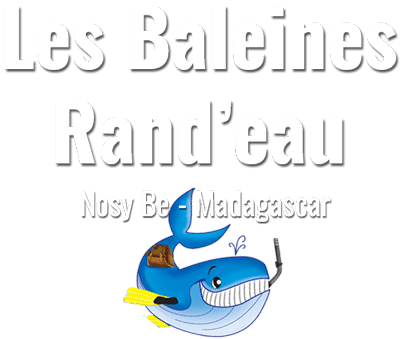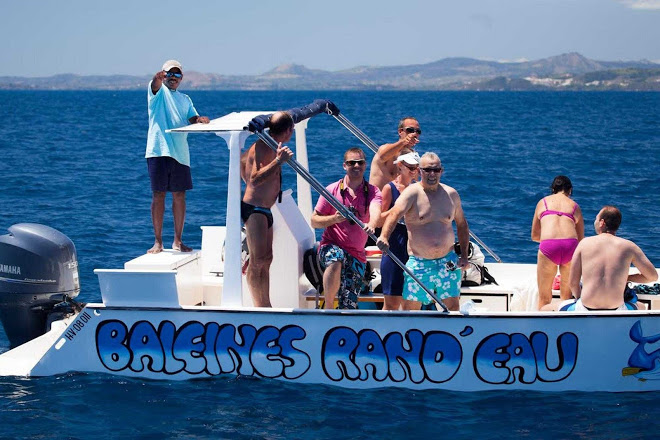Mobula rays are also called "Sea Devil". Its back is dark brown to bluish black, often with a large darker mark on the nape of the neck. The ventral side is white.
The sea devil lives from the surface up to 20-30 m deep. It is a species that frequents mainly oceanic surface waters, above the continental shelf. We often see them in school when they are feeding, or when they jump out of the water!
In Nosy Be, it is possible to meet two species: mobula japanica and mobula mobular.


